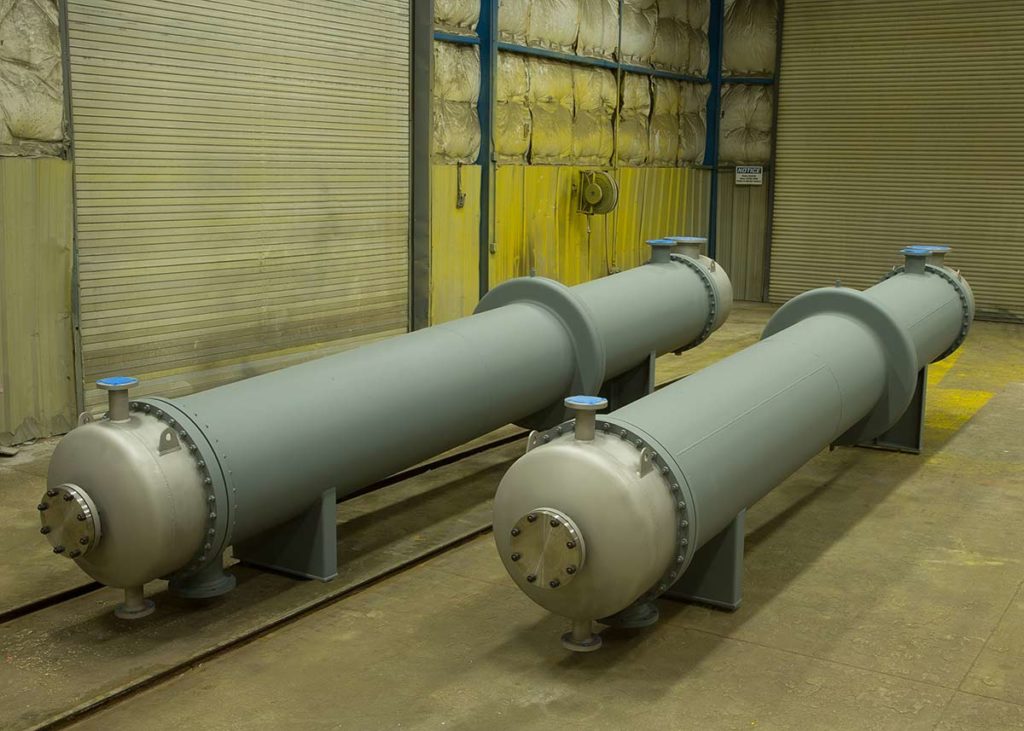If you’re an engineering enthusiast, an HVAC professional, or just someone passionate about energy efficiency, then you’ve likely come across the buzz surrounding Tubeless Heat Exchanger Systems. While traditional heat exchangers continue to be the industry standard, this system presents a significant leap forward in technology.
Here, we explore the advantages that tubeless systems have over the more conventional setups and why they are worth considering for a sustainable and efficient heat exchange solution.
Reduced Maintenance and Downtime
Traditional heat exchangers, with their intricate tubing network, are like the high-maintenance supercars of the heat transfer world. A single issue in a web of tubes can grind the entire process to a halt, leading to prolonged downtime and a frantic flurry of maintenance activity.
The tubeless alternative does away with the mazelike tubing design and embraces simplicity. Fewer parts mean fewer potential failure points, which translates to a significant drop in necessary maintenance. Think of tubeless systems as the dependable, low-maintenance sedan. When issues do arise, they’re far easier to pinpoint and resolve, getting you back up and running smoothly with minimal disruption.
Increased Energy Efficiency
In the battle of the bells and whistles, energy efficiency holds the trump card. Tubeless systems boast improved thermal efficiencies by reducing resistance to fluid flow and minimising the likelihood of fouling. This means they can transfer heat more effectively, which is crucial in cutting down energy consumption.
Singapore, renowned for its commitment to sustainability and green initiatives, would warmly welcome the increased energy efficiency of THES. By investing in this technology, industries can significantly reduce their carbon footprint, aligning with the city-state’s vision of becoming a Smart Nation.
Improved Safety and Environmental Friendliness
Safety in the workplace is a priority that pairs hand-in-glove with environmental responsibility. The tubeless heat exchanger system significantly reduces the risk of fluid leakage, safeguarding both the workforce and the environment.
THES typically operate at lower pressures which means there’s lesser potential for a catastrophic failure. Alongside this, the minimalistic design reduces the risk of blockages and thus the chance of pressure build-up. With safety and environmental protocol stringently adhered to in Singapore, THES offer a harmonious alternative to industries that value both safety and the environment.
Long-Term Cost Savings
The upfront investment in THES may cause some hesitation, but it’s important to look at the bigger picture. With reduced maintenance costs and increased energy efficiency, the long-term savings are undeniable.
The cost of operation is substantially lower, making the return on investment far more attractive than sticking to the traditional route.
In a city where every square foot counts and the cost of operation is a hefty line item on any balance sheet, THES provide a strategic financial advantage. From the bustling energy production sector to the air-conditioned halls of manufacturing, adopting THES can pave the way for long-term financial stability.
Considerations for Adopting Tubeless Heat Exchanger Systems in Various Industries
- HVAC Sector: The transition from a traditional to a tubeless heat exchanger in the HVAC sector is akin to upgrading a home from a conventional to a smart thermostat system. It’s a natural step in the evolution of energy systems that comes with significant benefits for the local market.
- Energy Production: With Singapore tirelessly exploring sustainable energy sources, THES can enhance the performance of solar thermal energy plants, waste heat recovery units, and combined heat and power systems, thereby taking a leap forward in the green energy sector.
- Manufacturing: Across the manufacturing spectrum, whether it’s precision temperature control for semiconductors or maintaining optimal fermentation conditions in breweries, tubeless heat exchangers bring reliability and savings that traditional systems can’t match.
Conclusion
Tubeless heat exchanger systems are not just a fad but a pivotal part of the future in heat exchange technology. For the engineers and professionals braving the heat and the challenges of Singapore’s industries, the switch to THES could be the game-changer you’re looking for.
With their track record of reducing downtime, increasing efficiency, improving safety, and saving costs, one can’t help but wonder—could this be the turning point towards a thermally optimised tomorrow? Only time will tell, but one thing’s for sure—tubeless heat exchanger systems are here to stay.




